Symptoms and treatment of currant anthracnose
If currant anthracnose is detected in the summer cottage, it is better to start treatment as soon as possible. In the absence of measures taken, the winter hardiness and productivity of the shrub decreases, and the taste of berries deteriorates. With an advanced form of the disease, the currant dies.
Today anthracnose is very widespread and affects many cultures. Experts recommend taking preventive measures to prevent the disease.
Transmission routes
Anthracnose is caused by a fungus belonging to the genus Pseudopeziza ribis Kleb. The affected bush loses the bulk of its nutrients, as a result of which it sheds its leaves. In those regions where weather conditions (frequent rains, high humidity) contribute to the development of anthracnose, the yield loss reaches 75%. In culture, frost resistance decreases; in winter, up to half of the shoots can freeze out on sick specimens.
The developmental cycle of the fungus consists of 2 stages - conidial and marsupial:
- The first stage lasts during the growing season and is characterized by the formation of conidia in the leaf tissues. Ripe spores break through the protective shell and find themselves in the external environment. A symptom of the formation of conidia is the appearance on the foliage of peculiar light-colored pillows with a glossy surface.
- The marsupial stage takes place in the autumn and winter months. In unharvested fallen leaves infected with anthracnose, there are stroma laid by the fungus. During the winter, spores, ascospores and apothecia mature in them. In the spring, the primary infection of the shrub with fruit bodies occurs. In dry weather, pathogens appear as black dry balls. Fruit bodies are especially noticeable during rain or fog.
Primarily, the bush becomes infected in the spring with spores formed during the winter, ascospores and overwintered conidia. In summer, an outbreak is caused primarily by actively multiplying conidia.
The spread of the pathogenic marsupial fungus is facilitated by harmful insects and gusty winds.
Causes of the disease
It is well known that fungal diseases develop in conditions of high humidity and temperature. Spores penetrate through the integumentary tissue and mechanical damage into the shoots of the bush, where they begin their destructive activity.
The causative agent of anthracnose is activated with the arrival of heat at the end of May. Its active phase, under favorable conditions, can last until September. The optimum temperature for the fungus is + 16–20 ° C.
Anthracnose develops especially quickly in thickened plantings, when the branches of neighboring bushes are in contact with each other. Leaf litter not cleaned in time is another reason for the development of a fungal disease.
Manifestations and symptoms
The initial symptoms of anthracnose appear on currants by mid-summer. If the weather is dry and hot, the growth of the fungus does not occur.
Berry bushes should be inspected regularly. Features of the development of anthracnose on currants:
- The disease begins to manifest itself on the lower aging leaves in the depths of the bush. The leaf plates are covered with many small brown spots no more than 1 mm in size, which gradually grow.
- After the development of spores, shiny black protuberances appear on the affected areas.
- In the future, the entire leaf plate darkens and dries up.
- When the fruit is damaged, their surface is covered with black dots, after which the berries crumble.
- With a strong infection in July, all foliage, excluding young leaves on the tops of the shoots, falls off.
Diseases are more susceptible to varieties of red and white currants.Black currant is less likely to be affected by the fungus, on it the disease proceeds with less pronounced symptoms.
On red currants, the disease develops in late May or early June, on black currants - in mid-June.
Anthracnose can cover the entire vegetative part of the currant, including stalks, ovaries, leaf petioles. On leaf petioles and peduncles, the disease is manifested by the appearance of brown ulcers.
The incubation period for anthracnose lasts 5–6 days.
How to treat?
Currant anthracnose should be treated even if the outbreak was mild. Otherwise, the productivity of the bush will fall year after year.
You need to start treatment in early spring, until the buds have blossomed. During the season, 2 more treatments should be carried out - after picking the berries and in the fall.
If you use folk remedies to treat the disease, this will only muffle its course. Chemicals are most effective.
For the treatment of anthracnose on currants, use:
- before flowering - "Topsin-M" in combination with "Epin" or "Zircon";
- during the ripening period of berries, safe biological products are used - "Fitosporin-M", "Gamair";
- after harvesting, powerful fungicides are used - "Ridomil Gold", "Fundazol", "Topsin", "Previkur".
Processing must be carried out so that the composition falls on both sides of the leaf, since spores usually penetrate the plant tissue from the back side of the leaf plates. To avoid the addiction of the pathogen to the poison, the drugs must be alternated.
Preventive actions
In order to prevent anthracnose, a number of agrotechnical measures and preventive treatment of currants are carried out.
- Fallen leaves are the greatest danger from the point of view of infection, so they must be collected and burned. It is allowed to embed foliage into the soil during autumn digging to a depth of more than 10 cm.
- In addition to digging up the soil and removing leaf litter, it is necessary to carry out timely weeding, cut off bushes in order to thin out the crown.
- On the eve of wintering and in early spring, preventive spraying of bushes and soil is carried out with a 1% solution of copper sulfate or Bordeaux liquid in the same concentration. You can use a 2% Nitrafen solution. Fungicides are also suitable for this purpose: "Tiovit Jet", "Cumulus DF", colloidal sulfur.
Currants are planted with the obligatory observance of the planting scheme. You should choose varieties that are resistant to the fungus, and regularly feed the crop to enhance its immunity.
Despite the widespread prevalence of anthracnose, it is necessary to fight it in order to prevent uncontrolled reproduction of the fungus and severe damage to currants. The danger is that the disease can spread to other cultivated plants. You should start with preventive measures, and if an outbreak of the disease does happen, you will need to use fungicides.

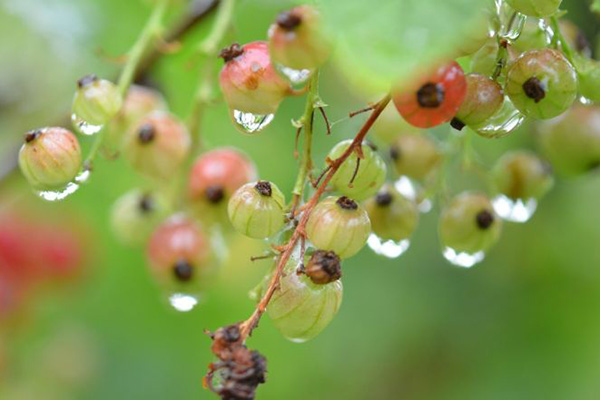
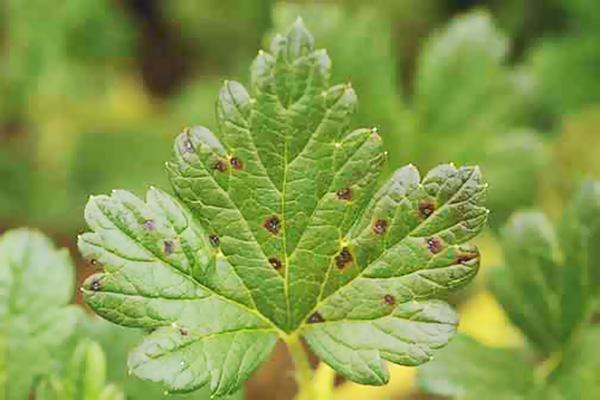



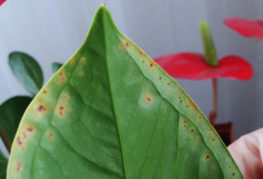
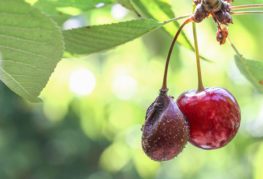
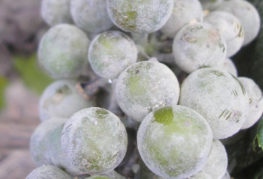
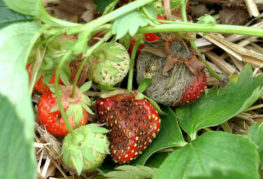
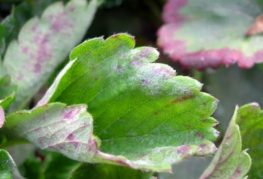
and will be published shortly.